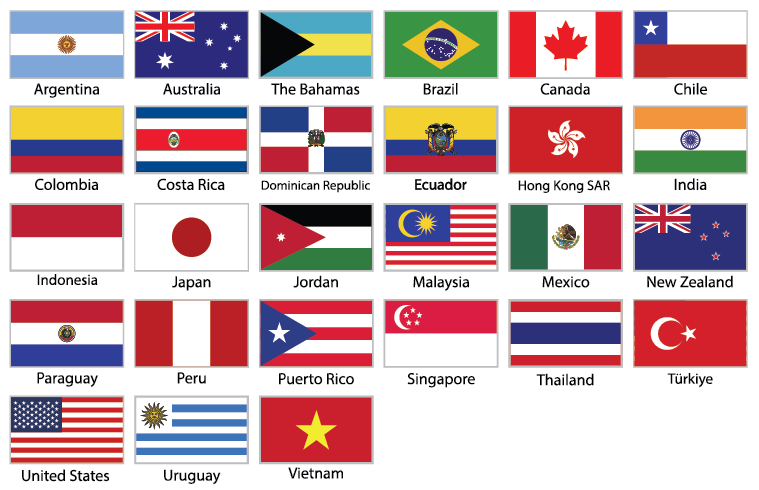By Bob Difley
Once upon a time, the story goes, an Asian nomad filled his goat-stomach carry-all with fresh milk from his goats and set off on a day’s journey, walking so he left no carbon footprint. Upon opening his bag after a long day on the road, to his surprise the milk had turned into a firm white substance (curd) leaving a watery liquid (whey). Tired and hungry, and having no other alternative, he drank the liquid and tasted the white stuff and found it to be quite tasty (anything edible in those days was considered tasty).
And so the nomad discovered cheese, maybe as long as 7,000 years ago. Basic cheese, made from curdling milk, is activated by an enzyme called rennet found in a young bovine?s stomach. This was a valuable discovery, since the resulting curds would keep for consumption later, whereas fresh milk would soon spoil. Later, the addition of salt preserved the curds for even longer periods and as the cheese ripened or aged, stronger and more desirable flavors developed.
Stone tablets thousands of years old depict milking cows and curdling of the milk, and the Old Testament mentions cheesemaking. The Romans elevated the art and skill of cheesemaking to a high standard, creating cheeses with unique flavors and characteristics.
In the middle ages, monks put more creativity into cheesemaking, with many of their creations still popular today. Cooperative dairies formed, the earliest in 1267, where entire villages combined their milk and labor and shared in the final cheese production.
The original settlers at Plymouth colony brought their cheesemaking skills and tools with them and began making cheese in the early 1600s. By the 1900s large companies like Kraft produced large quantities of machine-made cheese. However, during the past couple decades, aged artisanal cheeses (natural cheeses made by hand in small batches using traditional techniques) have led to a revival of farmhouse, or farmstead cheeses, made by local farms and cooperatives and noted for their distinctive flavors and characteristics.
Many farmstead cheesemakers welcome visitors, and road touring to cheesemakers can be as enjoyable as touring wineries. They provide factory tours, samples, and on-site sales, and enough room to park an RV. Some, like Tillamook Cheese in Tillamook, Oregon and Shelburne Farms in Shelburne, Vermont have quite lavish visitor-friendly facilities.
Shelburne is a 1,400-acre working farm, a National Historic Landmark, and nonprofit environmental and agricultural education organization. All profits from their cheese products support their conservation, environmental, and agricultural educational programs. Shelburne is certified for Humane Farm Animal Care and the herd and pastures are managed ecologically and sustainably, with all the milk used to make their cheeses coming from their own Brown Swiss cows.

RV.net: Say Cheese
Posted: February 14, 2009 by Certified Humane
By Bob Difley
Once upon a time, the story goes, an Asian nomad filled his goat-stomach carry-all with fresh milk from his goats and set off on a day’s journey, walking so he left no carbon footprint. Upon opening his bag after a long day on the road, to his surprise the milk had turned into a firm white substance (curd) leaving a watery liquid (whey). Tired and hungry, and having no other alternative, he drank the liquid and tasted the white stuff and found it to be quite tasty (anything edible in those days was considered tasty).
And so the nomad discovered cheese, maybe as long as 7,000 years ago. Basic cheese, made from curdling milk, is activated by an enzyme called rennet found in a young bovine?s stomach. This was a valuable discovery, since the resulting curds would keep for consumption later, whereas fresh milk would soon spoil. Later, the addition of salt preserved the curds for even longer periods and as the cheese ripened or aged, stronger and more desirable flavors developed.
Stone tablets thousands of years old depict milking cows and curdling of the milk, and the Old Testament mentions cheesemaking. The Romans elevated the art and skill of cheesemaking to a high standard, creating cheeses with unique flavors and characteristics.
In the middle ages, monks put more creativity into cheesemaking, with many of their creations still popular today. Cooperative dairies formed, the earliest in 1267, where entire villages combined their milk and labor and shared in the final cheese production.
The original settlers at Plymouth colony brought their cheesemaking skills and tools with them and began making cheese in the early 1600s. By the 1900s large companies like Kraft produced large quantities of machine-made cheese. However, during the past couple decades, aged artisanal cheeses (natural cheeses made by hand in small batches using traditional techniques) have led to a revival of farmhouse, or farmstead cheeses, made by local farms and cooperatives and noted for their distinctive flavors and characteristics.
Many farmstead cheesemakers welcome visitors, and road touring to cheesemakers can be as enjoyable as touring wineries. They provide factory tours, samples, and on-site sales, and enough room to park an RV. Some, like Tillamook Cheese in Tillamook, Oregon and Shelburne Farms in Shelburne, Vermont have quite lavish visitor-friendly facilities.
Shelburne is a 1,400-acre working farm, a National Historic Landmark, and nonprofit environmental and agricultural education organization. All profits from their cheese products support their conservation, environmental, and agricultural educational programs. Shelburne is certified for Humane Farm Animal Care and the herd and pastures are managed ecologically and sustainably, with all the milk used to make their cheeses coming from their own Brown Swiss cows.
Category: news